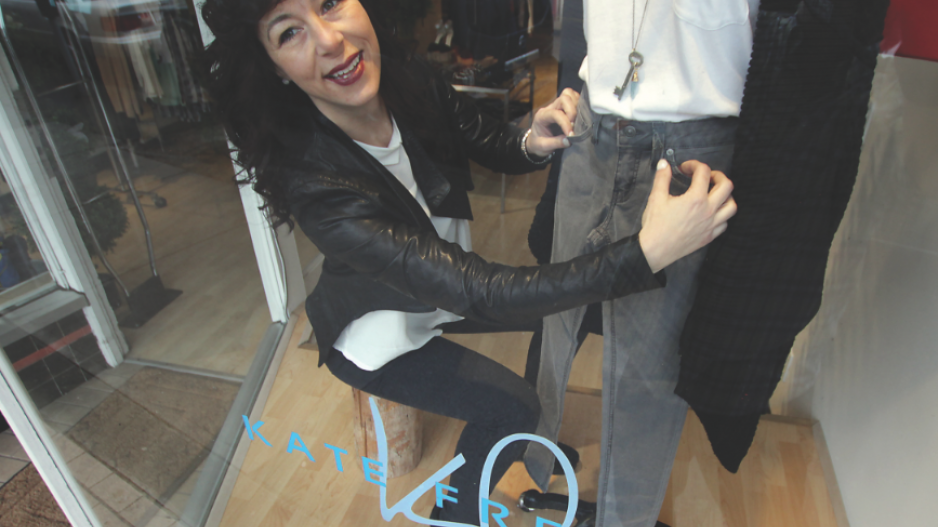Japanese fashion giant Uniqlo’s looming arrival in Vancouver could cause a further hollowing out of local mid-market competitors and could even lead to a call for new environmental laws.
Last month Uniqlo, which is known for its “fast fashion,” announced it would be opening two stores in Toronto in 2016 and expected to move into Vancouver after that.
Fast fashion refers to clothes that imitate new runway designs quickly and inexpensively. Rather than having four fashion lines per year, clothing manufacturers increasingly have new items that incorporate micro-trends monthly if not weekly.
Demand for these lines has helped propel the US$3 trillion worldwide fashion industry’s production to about 80 billion new garments annually, according to Lucy Siegle, who wrote the book To Die For: Is Fashion Wearing Out The World?
Siegle calls the garments made by stores like Uniqlo, H&M and Zara “disposable clothing” because much of it ends up in landfills.
The U.S. Environmental Protection Agency estimated in 2012 that only 14.4% of clothing and footwear was recycled or reused. The remainder wound up in landfills.
“Fast fashion is a race to the bottom,” said Ed DesRoches, co-owner of Plum Clothing Ltd. “We don’t like the trend. We think it’s destructive and environmentally harmful.”
Plum’s strategy is to sell higher-quality garments, half of which are made in Canada.
Raymond Shoolman, a retail analyst with DIG360 Consulting Ltd., said people still want quality clothing, and they will pay high prices for some things.
“They then increasingly are rounding out their wardrobe with much more affordable, fast-fashion items,” Shoolman said.
The result is a squeeze on mid-market clothing retailers, such as Mexx, which announced in January that it would liquidate its 95 Canadian stores.
Shoolman pointed to the 55-year-old Le Château (TSX:CTU.A) as another casualty of this trend, given that its stock has been scraping near-all-time lows.
Like Plum, Kate French Wear on West 4th Avenue is also focusing on higher-quality products.
“How this [trend toward cheap fashion retailers] affects us is that we find a different customer,” said owner Kathryn Choquer. “It changes our buying strategy because we appreciate the quality fabrics. We’re careful what we bring in and then we speak to a customer who has less tolerance for wearing something for a couple years and instead wants something to last five years.
“It’s harder to do because it’s a smaller segment,” Choquer added.
Nancy Olewiler, a professor of public policy at Simon Fraser University, suggests the government could step in to limit the environmental burden caused by the disposable-fashion trend.
“We have a recycling deposit on tires and many other things. Since we throw away cheap clothes because they fall apart, what if we put a deposit on clothing?”
Olewiler added that there could be different levels of deposits to encourage people to select more durable clothing.
She said Canada could also institute a carbon tax, which would account for the cost of cheap clothing’s disproportionate environmental burden.
“I don’t think it would be a selling point to say that the reason we’re putting on a carbon tax is to reduce the cheap flow of goods from Asia, but it’s one of the only ways we can do it.” •




